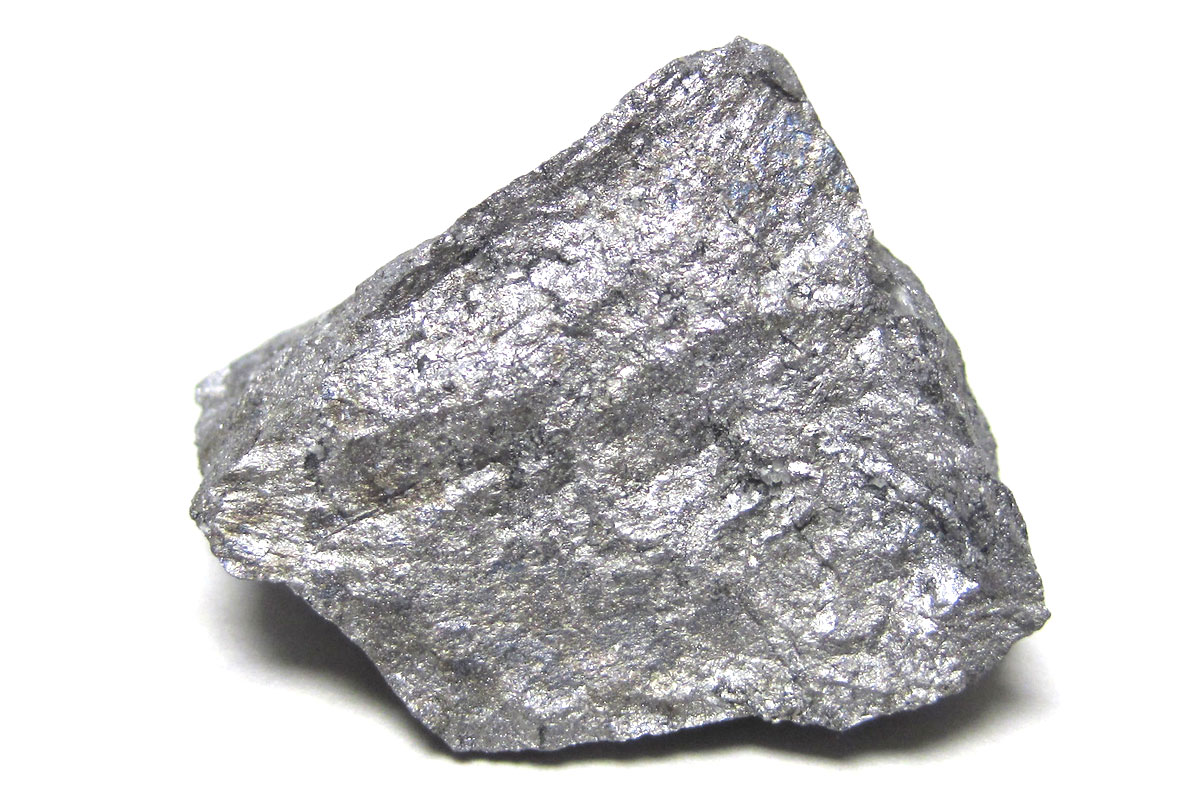
Ever wondered what makes cobalt so special? Well, you're about to find out! Cobalt, a shiny, brittle metal with a fascinating deep blue hue, isn't just another element on the periodic table. It's a superstar in its own right, playing a crucial role in our daily lives and the environment. From powering our smartphones and electric cars to coloring glass and ceramics, cobalt's versatility is nothing short of amazing. But that's not all; this metal has some secrets up its sleeve that might just surprise you. Ready to get your mind blown by some of the most interesting facts about cobalt? Let's dive right in and uncover the mysteries of this incredible element!
Key Takeaways:
- Cobalt is a versatile metal used in everyday items like smartphones and electric vehicles, but its mining raises ethical and environmental concerns, leading to efforts for sustainable and ethical sourcing.
- Cobalt's unique properties make it essential for future technologies, but its recycling and development of cobalt-free batteries are being explored to meet the rising demand and ensure sustainability.
What is Cobalt?
Cobalt, a chemical element with the symbol Co and atomic number 27, is a hard, lustrous, silver-gray metal. Discovered in ancient times, cobalt compounds have been used for centuries to impart a rich blue color to glass, ceramics, inks, paints, and varnishes. Today, it's a vital component in the manufacture of rechargeable lithium-ion batteries, alloys for aerospace and other high-temperature applications, and in catalysts for petroleum and chemical industries.
Where Does Cobalt Come From?
Most of the world's cobalt is mined in the Democratic Republic of the Congo (DRC), with significant amounts also produced in Russia, Australia, and Canada. Cobalt is typically extracted as a by-product of nickel and copper mining. The increasing demand for cobalt, especially for use in batteries, has led to a surge in exploration and mining activities worldwide.
Uses of Cobalt
- Rechargeable Batteries: Cobalt is a key component in lithium-ion batteries, which power everything from smartphones to electric vehicles (EVs).
- Superalloys: Cobalt-based superalloys are used in jet engines and gas turbines due to their ability to withstand high temperatures and stresses.
- Catalysts: In the petroleum and chemical industries, cobalt catalysts are essential for refining crude oil and producing various chemicals.
- Magnets: Cobalt is used in the production of powerful, high-strength permanent magnets.
- Orthopedics: Cobalt-chromium alloys are used in making prosthetic parts, including hip and knee replacements, due to their strength and wear resistance.
Environmental and Ethical Concerns
Mining cobalt has significant environmental and ethical implications. In the DRC, where the majority of cobalt is mined, there are concerns over child labor, unsafe working conditions, and environmental degradation. Efforts are underway to improve the sustainability and ethics of cobalt mining, including initiatives to certify sources of cobalt and develop cobalt recycling technologies.
Cobalt in Everyday Life
- Smartphones: Virtually every smartphone battery contains cobalt.
- Electric Vehicles: EVs rely on cobalt for their batteries, making it a critical element for the future of transportation.
- Coloring Agents: Historically, cobalt has been used to create a distinctive deep blue color in glass and ceramics, known as cobalt blue.
- Vitamin B12: Cobalt is an essential element in vitamin B12, crucial for human health.
- Radiotherapy: Cobalt-60, a radioactive isotope of cobalt, is used in radiotherapy for treating cancer.
Future of Cobalt
With the global shift towards renewable energy and electric vehicles, the demand for cobalt is expected to continue rising. This has led to increased research into cobalt recycling and the development of cobalt-free battery technologies. However, cobalt's unique properties and its role in current battery technology mean it will likely remain an important resource for years to come.
Interesting Cobalt Facts
- Name Origin: Cobalt gets its name from the German word "kobalt" or "kobold," meaning goblin or evil spirit, due to the toxic arsenic vapors released when cobalt ores were smelted.
- Magnetic Properties: Cobalt is one of the few elements that is magnetic at room temperature.
- Thermal Stability: Cobalt-based superalloys have excellent thermal stability, making them ideal for use in jet engines.
- Biological Role: Cobalt is a trace element in the human body, primarily as part of vitamin B12, which is essential for nerve function and the production of red blood cells.
- Recycling: Cobalt in batteries can be recycled, and efforts to improve cobalt recycling processes are increasing as part of sustainable resource management.
- Space Exploration: Cobalt alloys are used in space vehicles for their high strength and resistance to oxidation at high temperatures.
- Art and Culture: Cobalt blue has been used in art and decorations for centuries, from ancient Egyptian pottery to contemporary paintings.
- Economic Importance: The price of cobalt has fluctuated significantly in recent years due to its increasing demand in battery production.
- Geological Rarity: Cobalt is not found as a free metal in nature but is part of various minerals and meteoric iron.
- Health Risks: While cobalt is essential in small amounts, exposure to high levels of cobalt dust or fumes can be harmful to human health, causing respiratory and skin problems.
A Final Glimpse at Cobalt's Wonders
Cobalt, with its deep blue hues and versatile applications, has fascinated us from ancient times to modern tech marvels. This element, essential for vibrant pigments and cutting-edge technology, plays a crucial role in our daily lives and the future of innovation. From its use in rechargeable batteries to its presence in aerospace materials, cobalt proves its worth across various industries. Its unique properties, such as high melting points and magnetic capabilities, make it indispensable in crafting devices that power our world and explore beyond. As we've journeyed through cobalt's rich history and its impact on technology and art, it's clear this element holds secrets yet to be discovered, promising a future as bright and intriguing as its unmistakable color. Cobalt's story is far from over, and its continued exploration will undoubtedly unveil more fascinating facts and applications.
Frequently Asked Questions
Was this page helpful?
Our commitment to delivering trustworthy and engaging content is at the heart of what we do. Each fact on our site is contributed by real users like you, bringing a wealth of diverse insights and information. To ensure the highest standards of accuracy and reliability, our dedicated editors meticulously review each submission. This process guarantees that the facts we share are not only fascinating but also credible. Trust in our commitment to quality and authenticity as you explore and learn with us.


